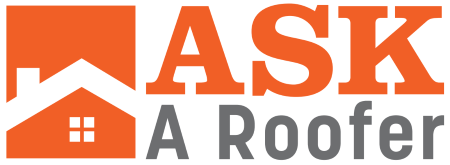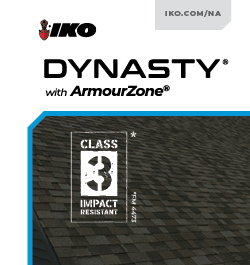Mechanically attached versus self adhered
« Back To AskARooferTim from Ohio asked:
So I've been pondering this for awhile, for a rolled roof, I like the mechanically attached system as, when I need to replace it, it's less intensive in peeling it up and not having to replace the decking. How is it when compared to self adhered in durability?
I've been looking at TopShield rolled roofing system with mechanically attached (nailed) base sheet. I like the fact that I won't have to tear off the decking when I replace it. Is there much of a disadvantage to this versus a self-adhering base sheet system?
John Kenney from Cotney Consulting Group, had this to share:
Tim, your consideration of future roof replacements and the desire to minimize deck disturbance is valid. Both mechanically attached and self-adhered systems have their merits, and the choice often depends on specific project requirements and long-term maintenance considerations.
Mechanically attached systems (e.g., nailed base sheet)
Pros
- Ease of future replacement: Mechanically attached systems are generally easier to remove, reducing the risk of damaging the underlying deck during replacement.
- Installation flexibility: These systems can be installed in a broader range of temperatures and are less sensitive to surface conditions, making them suitable for various climates.
Cons
- Potential for moisture intrusion: Fasteners penetrate the membrane, which can become water ingress points if there is a leak in the roof system.
- Wind yplift resistance: Mechanically attached systems may offer less resistance to wind uplift than fully adhered systems, which could be a concern in high-wind areas.
Self-adhered systems
Pros:
- Enhanced waterproofing: Self-adhered membranes provide a continuous, watertight seal, reducing the risk of leaks.
- Improved wind resistance: Fully adhered systems generally perform better against wind uplift, making them suitable for areas prone to high winds.
Cons:
- Surface preparation: These systems require a clean, dry, and properly primed surface for optimal adhesion, which can increase preparation time.
- Temperature sensitivity: Installation can be more challenging in colder temperatures, potentially requiring additional measures to ensure proper adhesion.
- Replacement complexity: Removing self-adhered membranes can be more labor-intensive, with a higher risk of damaging the deck during tear-off.
TopShield's mechanically attached rolled roofing system is designed for ease of installation and future replacement, aligning with your priorities. When installed correctly, it offers reliable performance for residential low-slope applications. Ensure that all components, including base sheets, cap sheets, and sealants, are compatible and that installation follows the manufacturer's guidelines for fastener placement and sealing.
If your primary concern is the ease of future replacement and minimizing deck disturbance, a mechanically attached system like TopShield's is a practical choice. However, if your project is in an area with high wind exposure or if you prioritize maximum waterproofing and a cleaner aesthetic, a self-adhered system might be more appropriate, despite the higher initial installation complexity.
Always consult a professional roofing contractor to assess your needs and local building codes before deciding.









